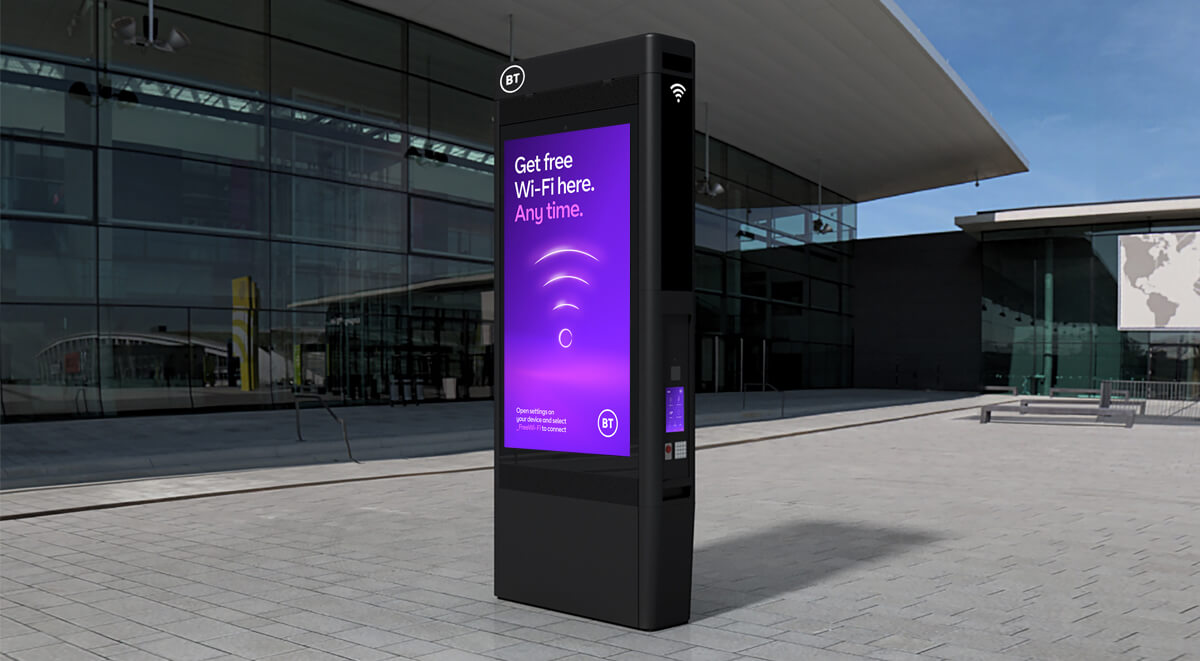The Internet of Things is a massive opportunity, one that we’re determined to lead. The IoT offers huge scope to improve lives, conserve scarce resources, protect the environment, protect against the environment, and revolutionise civic and business life. It’s a continuously evolving set of technologies that has the potential to reach across millions of different markets on a global scale.
Right now, we’re developing the next generation of IoT networks, data platforms, and applications.
We’re involved in all levels of IoT development, from the applications using the data to the sensors themselves and down through the data platforms to the connectivity that makes the whole concept a reality.
Without connectivity, the IoT would not exist.




